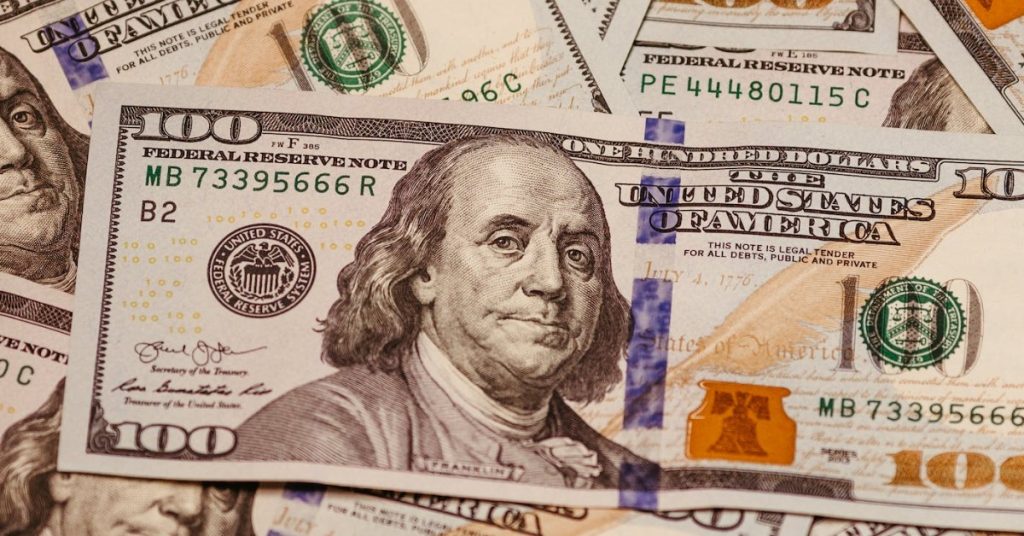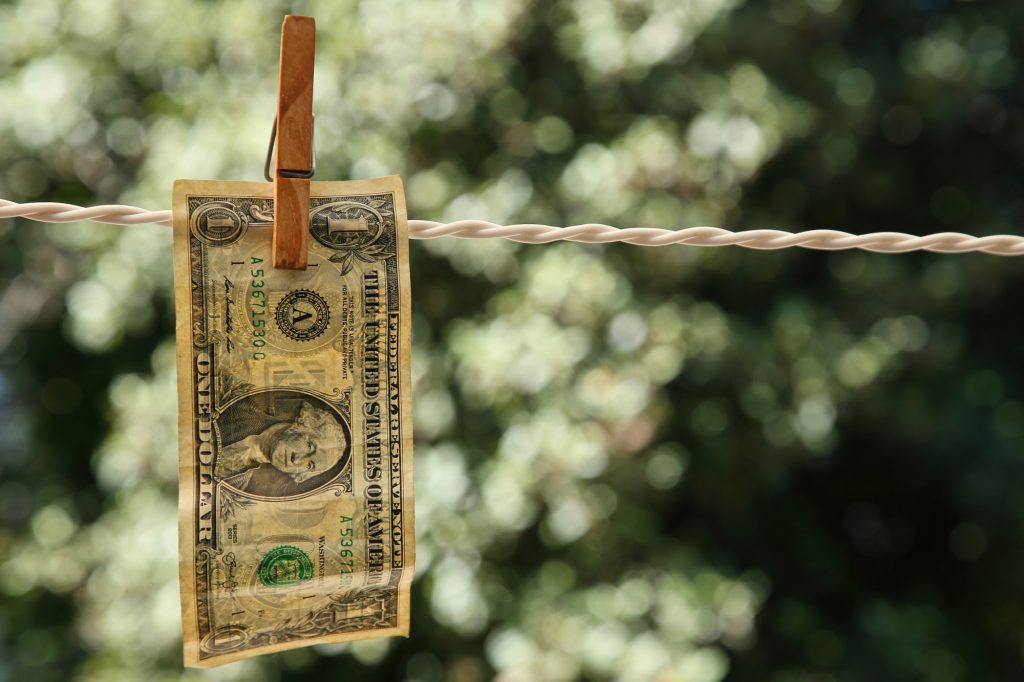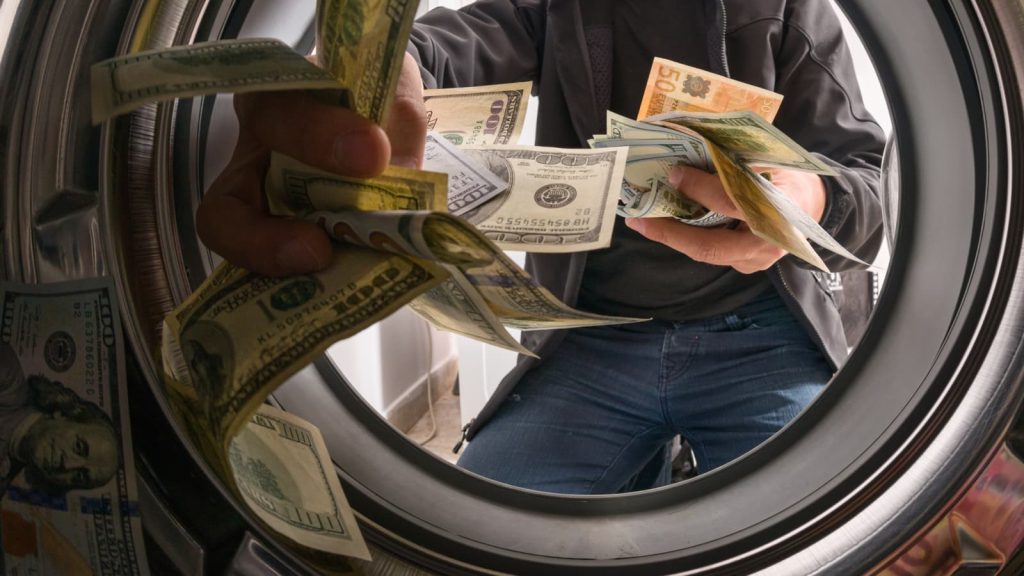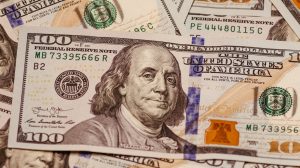
Money Laundering is the process of taking ill-gotten gains and making them appear to be legitimate income. It’s a dark side of financial transactions that has existed since ancient times and is still alive today. This article will examine what Money Laundering entails, why it is so detrimental, and what measures one can take to help stop it.
Introduction to Money Laundering
Regarding criminal activity, money laundering is one of the most common ways illicit funds are moved around. In its simplest form, money laundering is moving money from one place to another to hide its origins. This can be done in many different ways, but the end goal is always the same: to make it difficult or impossible to trace the money back to its source.
Money laundering is often associated with organized crime but can be used for illegal activities. For example, a drug dealer may use money laundering to clean the proceeds from drug sales so that they can be used to buy more drugs without raising suspicion. Or, a politician might use money laundering to accept bribes while keeping their hands clean.
Money laundering has come under increased scrutiny recently due to its role in financing terrorism. By moving money around through complex financial transactions, terrorists can easily evade detection and raise large sums. For this reason, many governments have tightened up their laws and regulations surrounding money laundering to crack down on this type of activity.
If you suspect someone you know is involved in money laundering, it’s important to report it immediately. By doing so, you can help stop this illegal activity and prevent criminals from getting their hands on your hard-earned cash.
What is Money Laundering?

According to the Financial Action Task Force, money laundering is “transforming the proceeds of crime into ostensibly legitimate assets.” In other words, it’s making dirty money look clean.
There are three common methods of money laundering:
1. Placement or Smurfing: This is the first stage of money laundering and involves introducing dirty money into the financial system. This can be done by depositing cash into a bank account or using it to purchase assets such as property or jewellery.
2. Layering: This is the second stage of money laundering and involves moving the money around to create a complex paper trail that makes it difficult to trace the origins of the funds. This can be done by making bank transfers or investing in various financial instruments.
3. Integration: This is the third and final stage of money laundering and involves integrating the laundered funds into the economy. This can be done by purchasing luxury goods or investing in legitimate businesses.
Money laundering is a serious problem because it allows criminals to profit from their illegal activities and reinvest them into criminal enterprises. It also erodes public trust in financial institutions and can destabilize economies.
How Does Money Laundering Work?
When most people think of money laundering, they think of drug dealers and criminals trying to cleanse large sums of cash. But money laundering can happen on a much smaller scale, and it’s only sometimes legal. Here’s how it works:
Say you have $1,000 that you got from illegal activity. You can’t just deposit it into your bank account because the bank will report any deposits over $10,000 to the government. So you break the $1,000 into smaller amounts and deposit it into your account over time. Or you might buy an expensive item with cash and then sell it for less than what you paid, so it looks like you made a legitimate purchase.
This may seem like a small deal, but if everyone did this, it would be very difficult for the government to track where the money came from and stop illegal activity. That’s why there are laws against money laundering.
Who Is Involved in Money Laundering?

To launder money, three parties must be involved:
- The person who has the dirty money.
- The person who is washing the money.
- The person who is receiving the money.
The first part is typically someone who has obtained the money through illegal means, such as drug trafficking or embezzlement. This party wants to get rid of the money without getting caught by law enforcement.
The second party is known as the Money Launderer. This person’s job is to take the dirty money and clean it so that it appears to be from a legitimate source. They do this by moving the money around through different bank accounts and businesses.
The third party is usually someone willing to accept the laundered money without knowing where it came from. This could be a business owner paid in cash or a politician taking bribes.
The Impact of Money Laundering on the Economy, Society and Businesses
The term “money laundering” describes concealing the origins of illegally obtained money and assets so they can be used without detection. Money laundering is a global problem that significantly impacts the economy, society, and businesses.
Money laundering activities can have many negative consequences for businesses, including:
· Increased costs associated with compliance with anti-money laundering regulations;
· Damage to reputation if it is revealed that the business has been involved in money laundering;
· Difficulty accessing financial services if banks become unwilling to provide services to businesses that are perceived to be at high risk of money laundering;
· Loss of customers if they lose confidence in the business due to its involvement in money laundering.
Money laundering also has a range of negative impacts on society, including:
· Funding criminal activities, such as drugs, terrorism, and human trafficking;
· Undermining confidence in the financial system;
· Reducing tax revenues due to the concealment of income and assets;
· Contributing to economic inequality as laundered money is often used to buy luxury goods and property, driving up prices beyond the reach of most people.
Laws and Regulations To Combat Money Laundering
There are several laws and regulations in place to combat money laundering. The most well-known is the Bank Secrecy Act, which requires financial institutions to report suspicious activity to the government. Other laws include the USA PATRIOT Act, the Money Laundering Control Act, and the Money Laundering Suppression Act.
In addition to these federal laws, many states have laws against money laundering. These vary from state to state but typically make it a crime to knowingly engage in a financial transaction designed to conceal or disguise the source of the funds.
Money laundering is a serious crime that can have severe consequences. You may face significant fines and jail time if convicted of money laundering. In some cases, you may also be required to forfeit any assets that are traceable to the crime.
Conclusion
Money laundering is a criminal practice that has been around for centuries and continues to be an issue today. It can take many forms and lead to billions of dollars lost yearly due to fraudulent activities. Therefore, financial institutions must remain vigilant and use anti-money laundering measures to ensure their transactions are legal and ethical. By understanding money laundering, we can work together as a society to protect ourselves from such malicious activity.





















This blog is definitely rather handy since I’m at the moment creating an internet floral website – although I am only starting out therefore it’s really fairly small, nothing like this site. Can link to a few of the posts here as they are quite. Thanks much. Zoey Olsen
Greak. Thanks